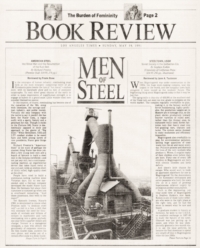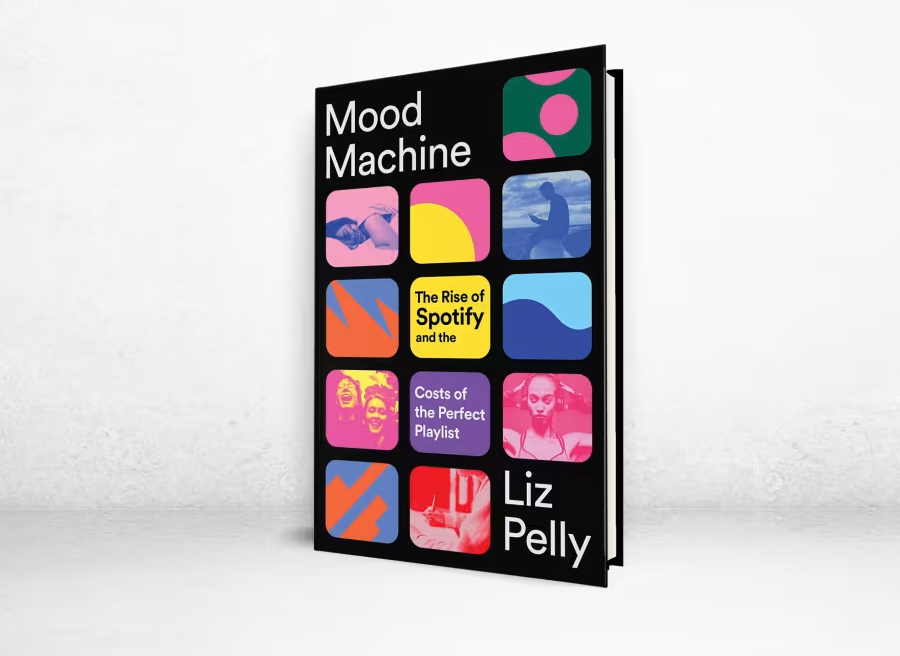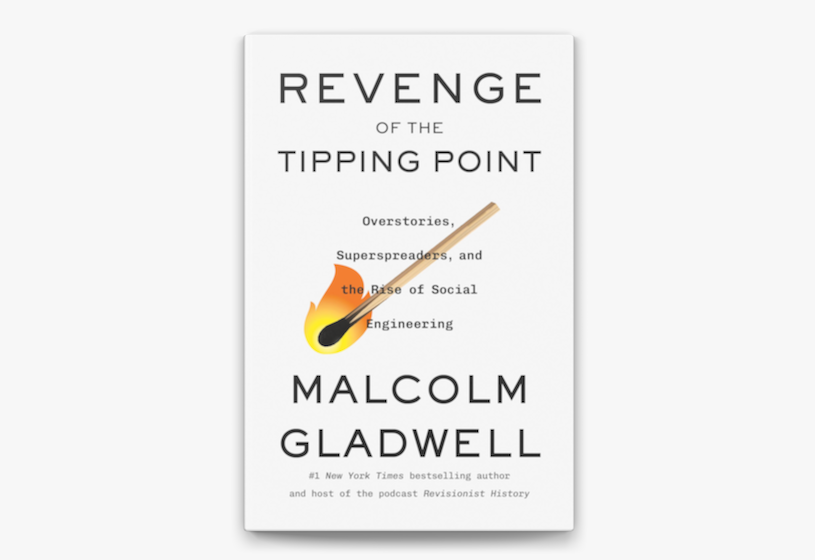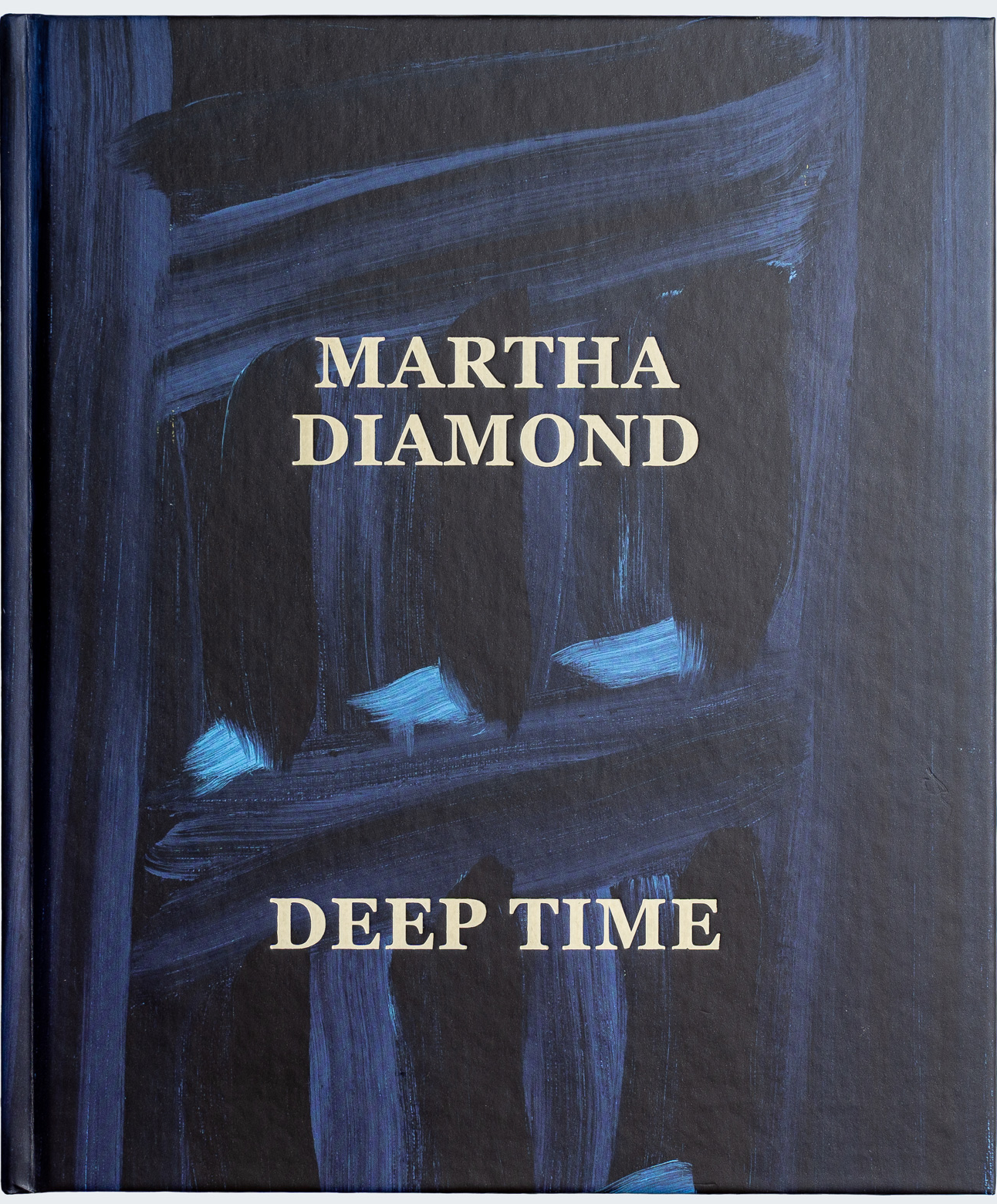IN THE CATALOGUE OF HUMAN INDUSTRY, steelmaking must rank as the most strangely compelling entry of all. Pyromania pales beside the lure of “hot metal”—molten steel, with its blackbody glow and its hint of imminent catastrophe. To melt down great chunks of the earth in order to make implements of superhuman strength is to engage in hubris on a grand scale. Little wonder steel men consider themselves special.
 In this country, of course, steelmaking has become one of the casualties of the ’80s, along with liberalism, the savings-and-loan industry, and public morals. Virtually the only company with the nerve to say it needn’t die has been the Nucor Corp., a rogue outfit with a spotty history and a penchant for risk. Though it ranks in the Fortune 500, Nucor is diametrically opposed in style and approach to the giants of “Big Steel.” While Bethlehem, USX and LTV conduct studies to be eased back and forth among layers of vice presidents, Nucor gets things done.
In this country, of course, steelmaking has become one of the casualties of the ’80s, along with liberalism, the savings-and-loan industry, and public morals. Virtually the only company with the nerve to say it needn’t die has been the Nucor Corp., a rogue outfit with a spotty history and a penchant for risk. Though it ranks in the Fortune 500, Nucor is diametrically opposed in style and approach to the giants of “Big Steel.” While Bethlehem, USX and LTV conduct studies to be eased back and forth among layers of vice presidents, Nucor gets things done.
Richard Preston’s American Steel is the story of perhaps the craziest thing Nucor has done yet: Hire a few young steel men and a bunch of farmers to build a steel mill in the Indiana cornfields—and not just any mill, but a continuous-casting machine, an experimental device that takes liquid metal at one end and yields an endless sheet of thinly rolled, high-quality steel at the other. People have tried to build a continuous-casting machine since Victorian days, but no one succeeded until a German company developed the model Nucor buys. How the Germans feel about their customers is summed up when one is overheard remarking, “And these Americans, they went to the moon?”
Yet Kenneth Iverson, Nucor’s CEO, is determined to create what Preston calls “a desktop steel mill”—a mill in a box, a mill that will eliminate the need for thousands of workers and billions of dollars in machinery and turn steelmaking into a game anybody can play with a quarter-billion and change. Iverson is a managerial renegade, a man who abhors the grandiosity of corporate America. He flies tourist class, answers his own phone, and works out of a rented office suite in a dinky building across from a shopping center in Charlotte, N.C. He also wants to loosen Big Steel’s grip in the worst way.
Nonetheless, desk-top steelmaking bears little resemblance to desk-top computing. It requires a field, not a desk, and it means putting a large number of people at great risk to their lives. Keith Busse, the man in charge of the Nucor project, is an accountant who’s never built a steel mill before—although, in typical Nucor fashion, he’s not just an accountant; he’s an accountant who owns a gun shop on the side, selling Uzis and .357 Magnums. His lieutenants are similarly gung-ho and unhindered by any excess knowledge of what they’re doing. Nucor—ruthless, entrepreneurial, driven—is the kind of company where this is considered a plus.

AMERICAN STEEL: Hot Metal Men and the Resurrection of the Rust Belt, by Richard Preston (Prentice Hall, $19.95, 278 pp.)

 May 19, 1991
May 19, 1991





